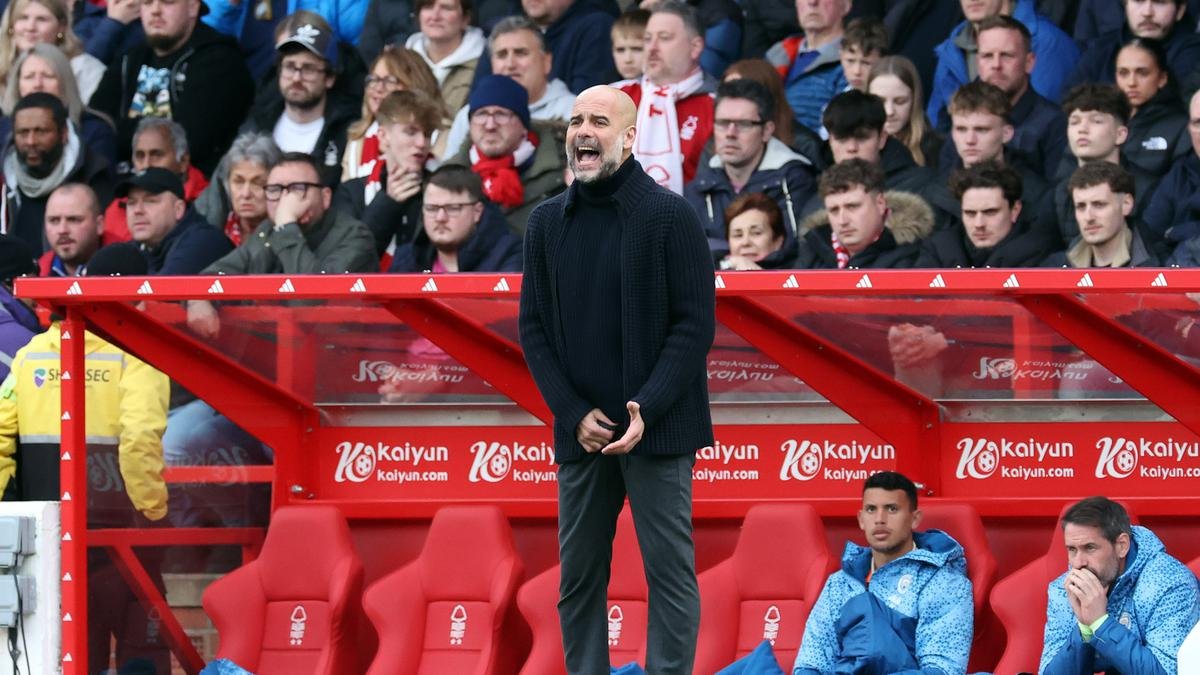
Despite last year marking the worst floods in Delhi’s history, The Hindu has found that the Delhi Development Authority (DDA) is persisting with its plans of constructing permanent structures on the banks of the Yamuna. The project, dubbed as “restoration” of the river’s floodplain, violates the guidelines issuedby a committee appointed by the National Green Tribunal (NGT), which the States were ordered to “strictly” follow.
Last year, experts had deduced that one of the causes that aggravated the floods, besides the heavy rainfall upstream of Delhi, was the permanent constructions encroaching on the river’s floodplain. The constructions not only reduce the floodplain’s water holding capacity, but also constrict the flow of the river, experts had said in the aftermath of the flood, which saw the Yamuna rise to unprecedented levels.

However, under the DDA’s ‘Restoration and Rejuvenation of River Yamuna Floodplains Project’, several permanent structures, including concrete ghats, large sitting areas made of concrete and sandstone, and a concrete cafe, have been built. An approximately 40-metre-long pool and several concrete offices have also been constructed, while a convention centre, tent city, and more ghats are among the other buildings that the DDA is planning to construct on the floodplain.
The Principal Committee, formed by the NGT in 2015 after a landmark judgment with the specific purpose of monitoring activity on the Yamuna’s floodplain, outlines strict norms governing construction in the area. However, sources told The Hindu that the committee has not met in over 21 months.
The NGT has prohibited any construction on the river’s floodplain, except in exceptional cases, for which plans are to be approved by the Principal Committee in advance. The committee, comprising several independent experts, has in the past been critical of constructions on the floodplain and turned down several proposals like ghats, roads, and other buildings. It has carried out inspections of the area and pulled up the concerned government departments for flouting norms.
Norms flouted
An internal communication accessed by The Hindu showed that months before the July 2023 floods, the DDA went ahead with building permanent constructions on at least one site on the floodplain despite being turned down by the committee.
At Baansera — a bamboo theme park being developed by the DDA near Sarai Kale Khan — the civic body wanted to build a convention centre, a cafe, and an interpretation centre, but was shot down by the expert members of the committee, who in a letter dated January 31, 2023, held that it “could not be permitted”.

The cafe at Baansera in Sarai Kale Khan, New Delhi.
| Photo Credit:
Nikhil M Babu
“The DDA should contemplate activities that are confined to the restoration of wetlands with minimal landscaping, if required,” read the letter sent to DDA by the National Mission for Clean Ganga, which is the secretariat of the Principal Committee.
However, a meeting of the committee was not called, and the DDA’s proposal was only circulated to expert members over email. Their responses were also only taken over email, sources said.
But the DDA continued with its construction plans after a High Level Committee (HLC) approved its request for the three buildings. The HLC, unlike the Principal Committee, comprises government officers, and has no independent subject experts.
It was Delhi Lieutenant-Governor V.K. Saxena, also the chairman of the DDA, who presided over the HLC meeting which passed the DDA’s proposal.
Ground reality
The L-G’s website mentions that the cafe at Baansera is “of bamboo”. However, when The Hindu visited the cafe, which is yet to be opened to public, the construction featured a concrete and red brick base, a part of which was covered with wooden and bamboo panelling.
Similarly, Asita East — a project designed to “rejuvenate the ecology of the Yamuna floodplain”, as per the L-G’s website — also features concrete pathways over 10 feet wide, affixed to the ground with cement at many places.
Workers at Asita East said the concrete blocks were laid after filling up the floodplain with red soil and rocks with the help of massive rollers. Sur Ghat and Qudsia Ghat also featured several permanent constructions.
The guidelines which the NGT had in 2015 ordered States to “strictly follow” for construction on the floodplain stipulates that “access to the river channel should be allowed in a manner that it avoids construction of paved (pucca) paths”. But despite the presence of concrete structures on the project sites, senior DDA officials had in the past insisted to the Principal Committee that no permanent construction was being done in the floodplain, as recorded in the minutes of the meeting of the panel, thereby violating norms.
Crowded floodplain
Experts believe that the DDA’s project has led to concretisation of the Yamuna’s banks. “The construction will lead to a reduction of the water carrying capacity of the floodplain,” said Bhim Singh Rawat, associate coordinator at the South Asia Networks on Dams, Rivers and People.
Shashi Shekhar, former Secretary at the Ministry of Water Resources, River Development and Ganga Rejuvenation, opined that Indian rivers need more floodplains compared to Western rivers as they swell in size during monsoons. The ‘Sabarmati model’ — the urbanisation of Ahmedabad’s Sabarmati riverfront with concrete embankment walls — was not a feasible solution for other rivers in India, he added. “We must focus on restoring the Yamuna to its natural form,” he said.
DDA officials, however, deemed the project a success, pointing out that large swathes of the Yamuna’s floodplain, lost in the past to encroachments, have been “freed up”. They also claimed that at the “restoration” project sites, grass and trees, suitable for the floodplain, have also been planted.
Dogged efforts
The DDA has come up with repeated plans for reconstructing the floodplain in the past, and has been met with resistance from authorities on multiple counts.
In its 2015 judgment, the NGT had struck down a previous redevelopment plan proposed by the DDA — the Yamuna Riverfront Development Plan — and said it would be “untenable” as it would “aggravate” future floods.
The DDA’s Master Plan for Delhi (1981-2001) also included plans to “channelise” the Yamuna to restrict the flow area of the river and utilise the remaining floodplain for other developmental purposes. The plan was opposed by the then Delhi government. Despite multiple calls and detailed questionnaires being sent, the DDA and the L-G’s office did not respond to queries.





